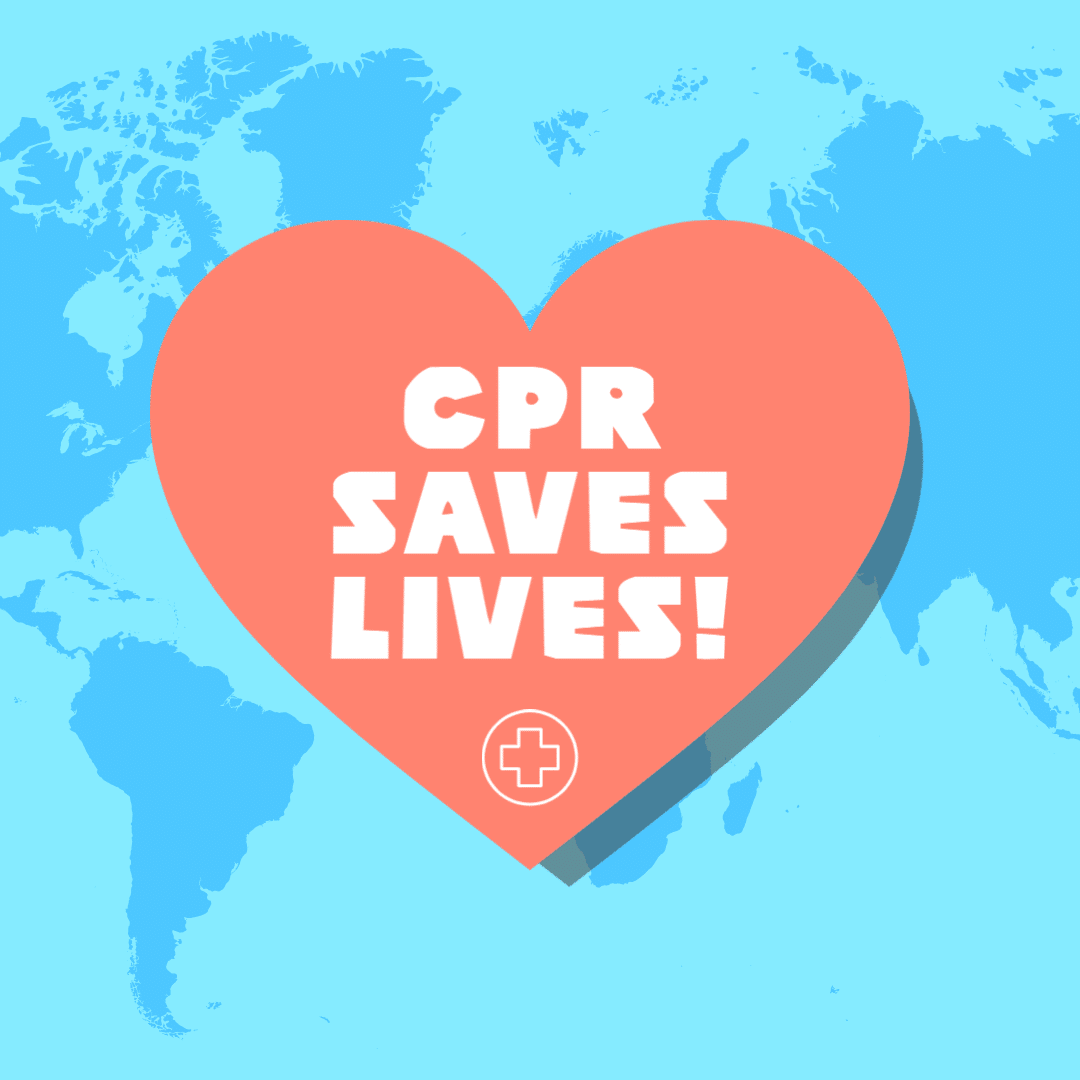Your Hands Can Breathe Life
“Instructed in CPR by 911 dispatcher, Nebraska couple saves 13-day-old son” – American Heart Association News 4/12/21
“Orlando hotel worker performs CPR for 11 minutes, saving guest’s life after heart attack” – Orlando News 9/10/20
“9-year old boy saves baby sister with CPR” – ABC News 4/19/2011
These are a few of the countless news articles that highlight the importance of knowing life-saving techniques in life-or-death situations. Knowing and applying techniques like CPR and Basic Life support in emergencies saves lives, buying valuable time until medical professionals like EMTs arrive.
According to the American Heart Association, 475,000 Americans die from cardiac arrest every year, claiming more lives than every disease in America combined. The WHO estimates 236,000 drowning deaths annually. It is the third leading unintentional injury death worldwide with children at the highest risk. Knowing CPR and Basic Life Support can be the difference between life and death in these common emergency situations.
CPR (or Cardio-Pulmonary Resuscitation) can double or even triple the likelihood of survival if it is performed immediately. It is most useful during cardiac or respiratory emergencies, specifically when a person’s heartbeat and/or breathing has stopped. CPR will maintain the blood flow to the brain and vital organs, buying time for EMTs to get to the scene.

So who can perform CPR and how can it be performed?
CPR can be done by anyone, but there is no alternative to formal training. CPR is relatively easy to do, has been proven to save lives, and is almost always better than doing nothing. Hands-only CPR should be the tool of choice during the COVID-19 Pandemic, as mouth-to-mouth resuscitation poses risks for both people involved.
“Conventional CPR” includes both chest compressions and mouth-to-mouth ventilation. Delivering chest compressions to a person who is unresponsive or has breathing difficulty can help send remaining oxygen to the person’s brain and vital organs. Since there is oxygen in the blood and lungs during a cardiac/respiratory arrest, it can be critical to give chest compressions which are immediately followed by rescue breaths.
Organizations such as the American Heart Association and the Red Cross are actively engaging in awareness campaigns to educate the public about the importance of knowing basic CPR. Only a handful of states in the US and a few countries around the world have implemented CPR training as an educational requirement.
Medical professionals, emergency first-responders, and public safety providers usually need more intensive and advanced training known as Basic Life Support (BLS). This type of training provides in-depth knowledge and skills in lifesaving techniques using high-quality CPR, identification and use of automated external defibrillators (AED), and the application of first-aid treatments. Individuals providing care are often required to take Basic Life Support (BLS) training courses and be certified by an approved teacher.
If you’d like to learn more about careers in healthcare and course offerings, contact Altamont Healthcare in Stockton and Bakersfield, CA.
We offer training for certification programs in CPR and Basic Life Support, Electrocardiogram Technology (EKG), Sterile Processing and Distribution (SPD), and Surgical Technology.
Call us at (209) 817-8035 (Stockton) or (661) 230-6316 (Bakersfield) to ask about our programs. Tuition help is available.


